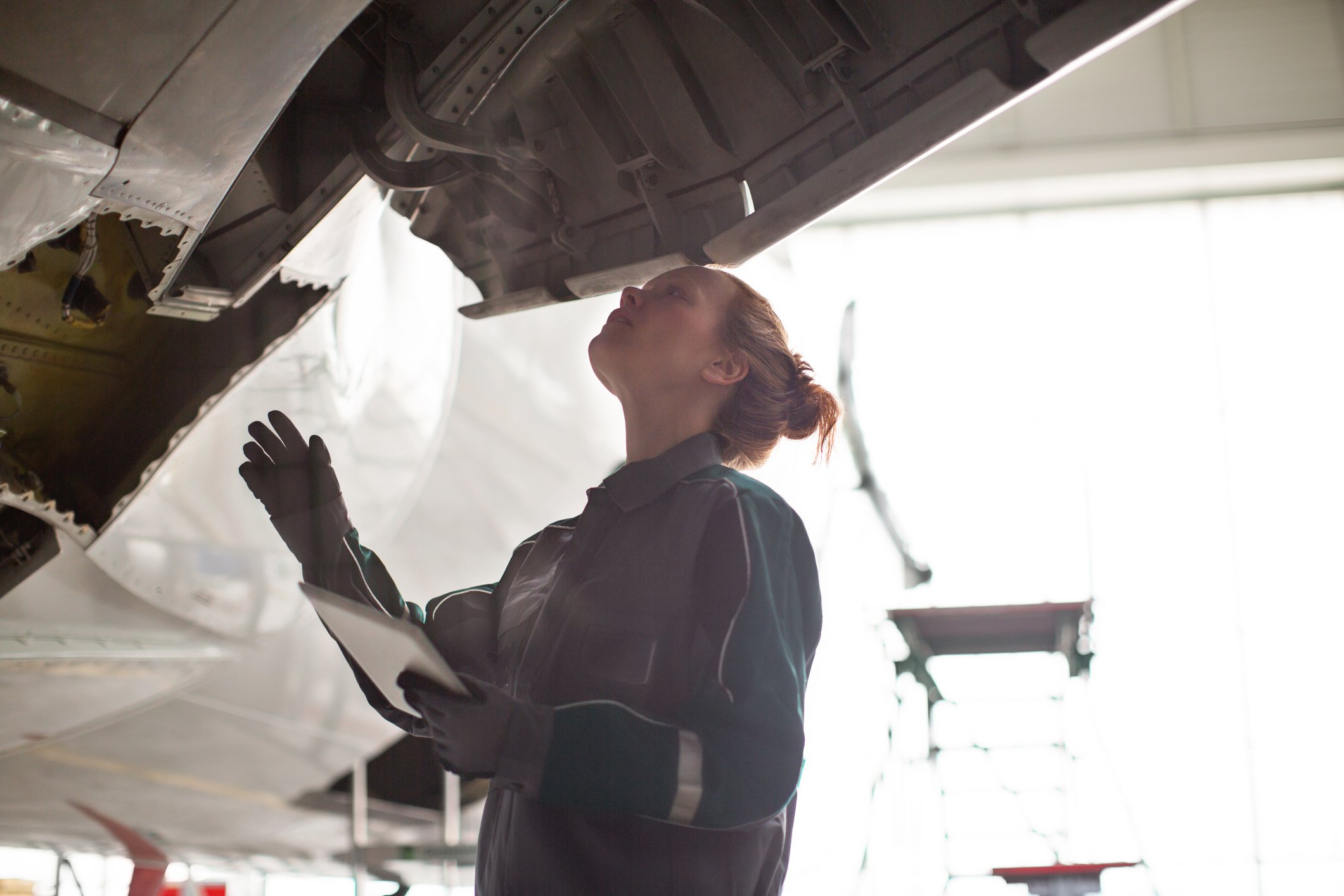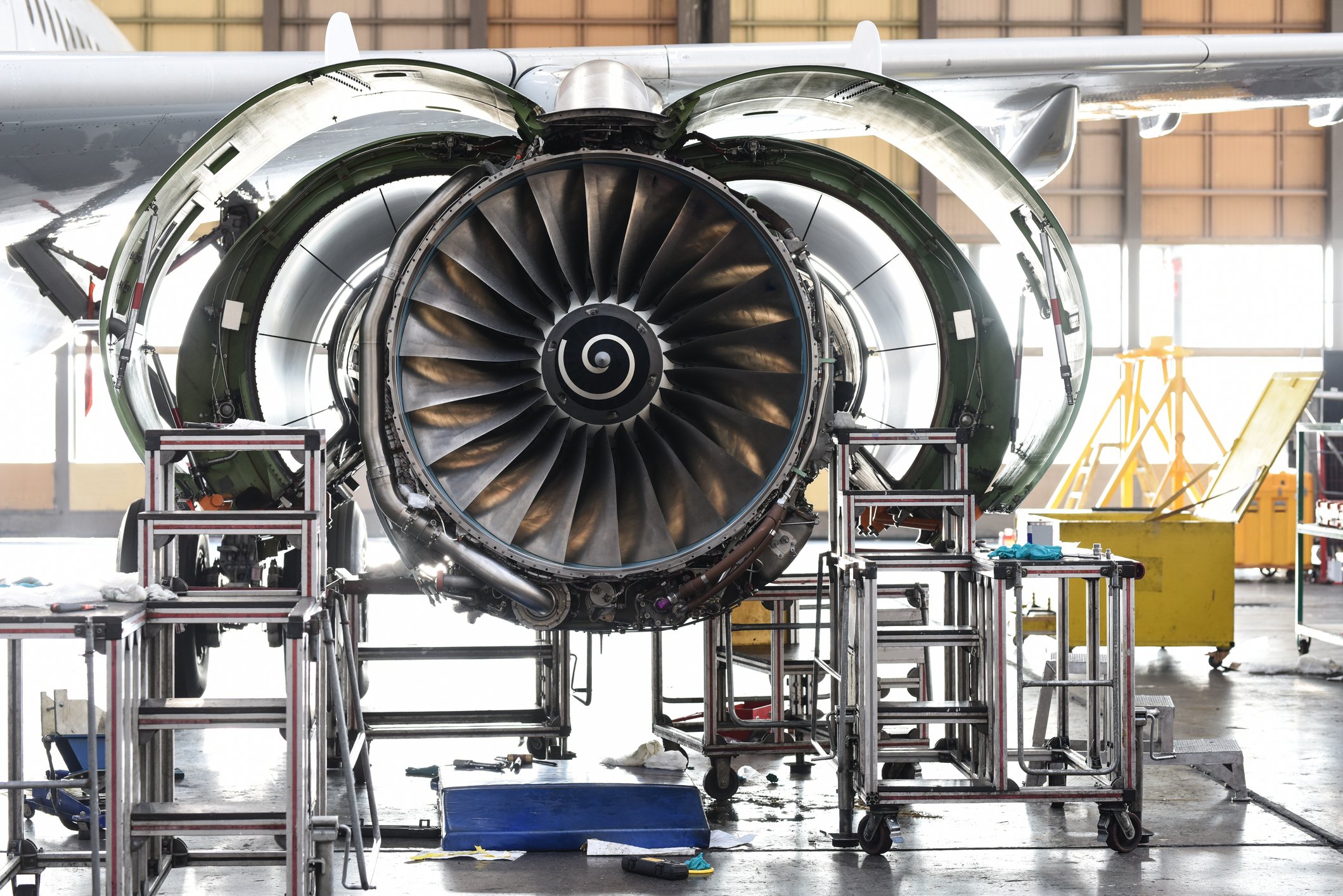Over the course of about six months, from June 2015 to the beginning of 2016, materials leader Allegheny Technologies (ATI +0.37%) saw its stock collapse from over $32 per share to just $8 per share. It was just one year into a turnaround strategy that required more than a few difficult decisions ranging from recognizing asset impairments to shuttering manufacturing facilities. While the business desperately needed to refocus on important 21st-century technology vectors, Wall Street wasn't exactly confident in management's plan.
A lot has changed in the two years since. Well, maybe not Wall Street's confidence. But Allegheny Technologies posted an operating profit for both of its segments in 2017 -- the first time that's happened since 2012. The company has multiple high-growth opportunities within reach, spanning metal 3D printing, high-performance alloys for aerospace applications, and specialty alloys for new energy infrastructure. It's even about to embark on an exciting new joint venture with a leading global stainless steel manufacturer that promises to reboot and modernize its struggling flat-rolled products (FRP) segment.
Although it's still in the process of executing its turnaround plan and investors are still awaiting the return of consistent EPS and cash flow, there's a strong case to be made for buying this rising star in U.S. manufacturing.

Image source: Getty Images.
By the numbers
Allegheny Technologies turned in a solid year of operations in 2017, which should go a long way toward regaining investors' confidence regarding its turnaround plan. Here's how annual operating results for the company's high-performance materials and components (HPMC) segment and FRP segment stack up to 2016.
|
Metric |
2017 |
2016 |
% Change |
|---|---|---|---|
|
HPMC revenue |
$2.07 billion |
$1.93 billion |
7% |
|
FRP revenue |
$1.46 billion |
$1.20 billion |
21% |
|
Total revenue |
$3.53 billion |
$3.13 billion |
12% |
|
Gross margin |
12.7% |
5.2% |
144% |
|
HPMC operating profit |
$246 million |
$169 million |
46% |
|
FRP operating profit |
$37 million |
($163 million) |
N/A |
|
Total operating profit |
$283 million |
$6 million |
N/A* |
|
Net income |
($80 million) |
($627 million) |
N/A |
Data source: Allegheny Technologies' SEC filings. *Restructuring charges in 2016 greatly suppressed operating profit.
Due to several messy financial transactions in recent years, investors are better off using operating income as an indicator of the company's health rather than net income, which includes a few jaw-dropping one-time charges. Last year was relatively tame by recent standards, although it included a $114 million impairment charge for the titanium castings business and a $37 million charge for paying off a big chunk of debt early. The good news is that there shouldn't be any noteworthy one-time charges in 2018.
The HPMC segment -- which includes specialty alloys for applications such as jet engines and airframes, medical uses, and high-pressure energy pipelines -- posted its highest annual operating income since 2012. These materials earn higher margins and are more insulated from industry cycles than flat-rolled steel products, so it makes sense for Allegheny Technologies to focus more heavily on the segment going forward.
Meanwhile, the FRP segment posted its first annual operating profit since 2012. There's a long way to go to match historical levels of strength (operating income in 2012 was $127 million), but 2018 promises to move the company much closer to its long-term goal of delivering profitable growth.

Image source: Getty Images.
Opportunities on the horizon
Management expects the momentum to continue in 2018. HPMC revenue is expected to grow by a high single-digit percentage over last year, mostly driven by continued success in the aerospace market. The segment is expected to see earnings growth, too, as the titanium castings unit returns to break-even operations this year and profitability in 2019.
The FRP segment is expected to deliver another year of significant progress as well, although quarter-to-quarter volatility is likely. Some of the improvement this year will come from continued changes in product mix and operating efficiency. However, investors are also looking forward to the start-up of the Allegheny & Tsingshan Stainless joint venture, which will begin selling product in the second half of 2018.
It might be a match made in heaven. Tsingshan Group is a global leader in flat-rolled stainless steel products, with output of 5.5 million metric tons in 2016. The JV will purchase slabs produced from a modern and low-cost facility owned and operated by Tsingshan in Indonesia. Those slabs will be rolled by Allegheny Technologies' hot-rolling and processing facility (HRPF) -- the world's "most powerful and versatile" plant of its kind, according to the company -- and finished on the JV's direct roll anneal and pickle (DRAP) facility -- the only one in North America -- in Western Pennsylvania.
The supply chain might be global, but positioning the value-added portion of the production process in the United States means the JV will likely be excluded from any changes in tariffs and trade laws. More important, Allegheny Technologies and Tsingshan will split operating profit and cash from the JV evenly. It won't realize the full amount in 2018, but in 2019 the company expects to realize $20 million to $35 million in operating profit and $30 million in cash generation. The results will be reported in the company's FRP segment.

Image source: Getty Images.
A cleaner balance sheet has benefits, too. Interest expense is expected to be about $32 million lower in 2018 compared to last year, which almost makes up for the $37 million charge incurred in the most recent fourth quarter for early retirement of the debt.
Investors should also like what they see when looking further into the future. The HPMC segment also includes sales of micronized powders for metal 3D printing applications, although the opportunity is too small to be separated out in financial filings. That could change as a joint venture with General Electric ramps up in the next several years, but it's unlikely to significantly impact operations in the near term.
A rising star in your portfolio?
A few years ago, Wall Street ran away from Allegheny Technologies' stock. Analysts may have had a solid argument then, but the problem is, they've mostly forgotten to check back in on the company's progress since. Successful execution of the turnaround plan in recent years resulted in a solid year of operations in 2017, and it's only expected to get better in 2018 and beyond. Long story short, the company is on the cusp of delivering consistent and growing profits and cash flow generated from exciting business opportunities more fit for the 21st century. That's why I think this rising star in U.S. manufacturing is a buy today.






